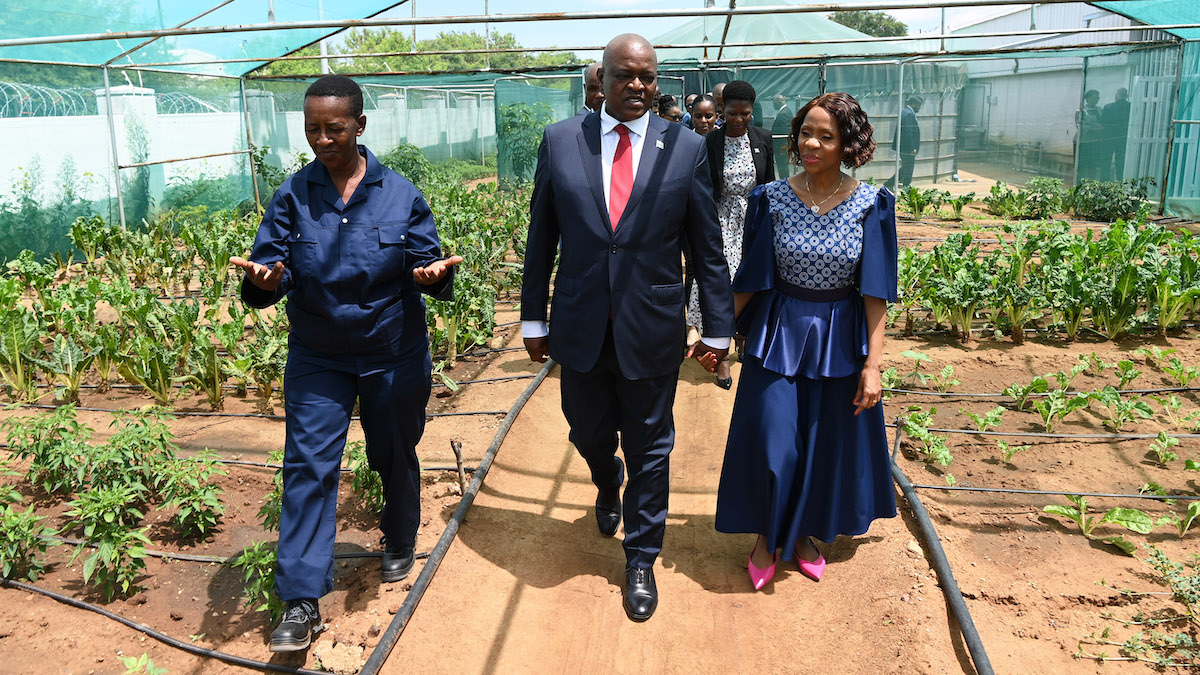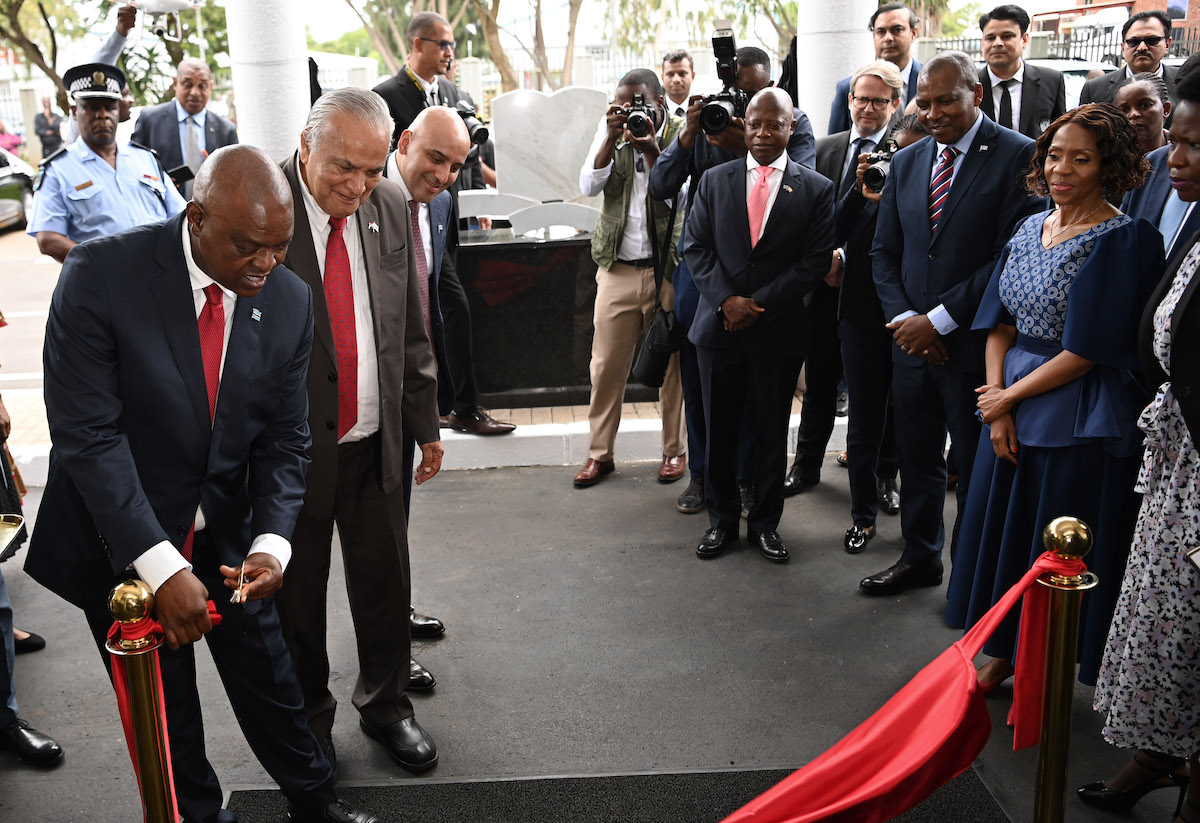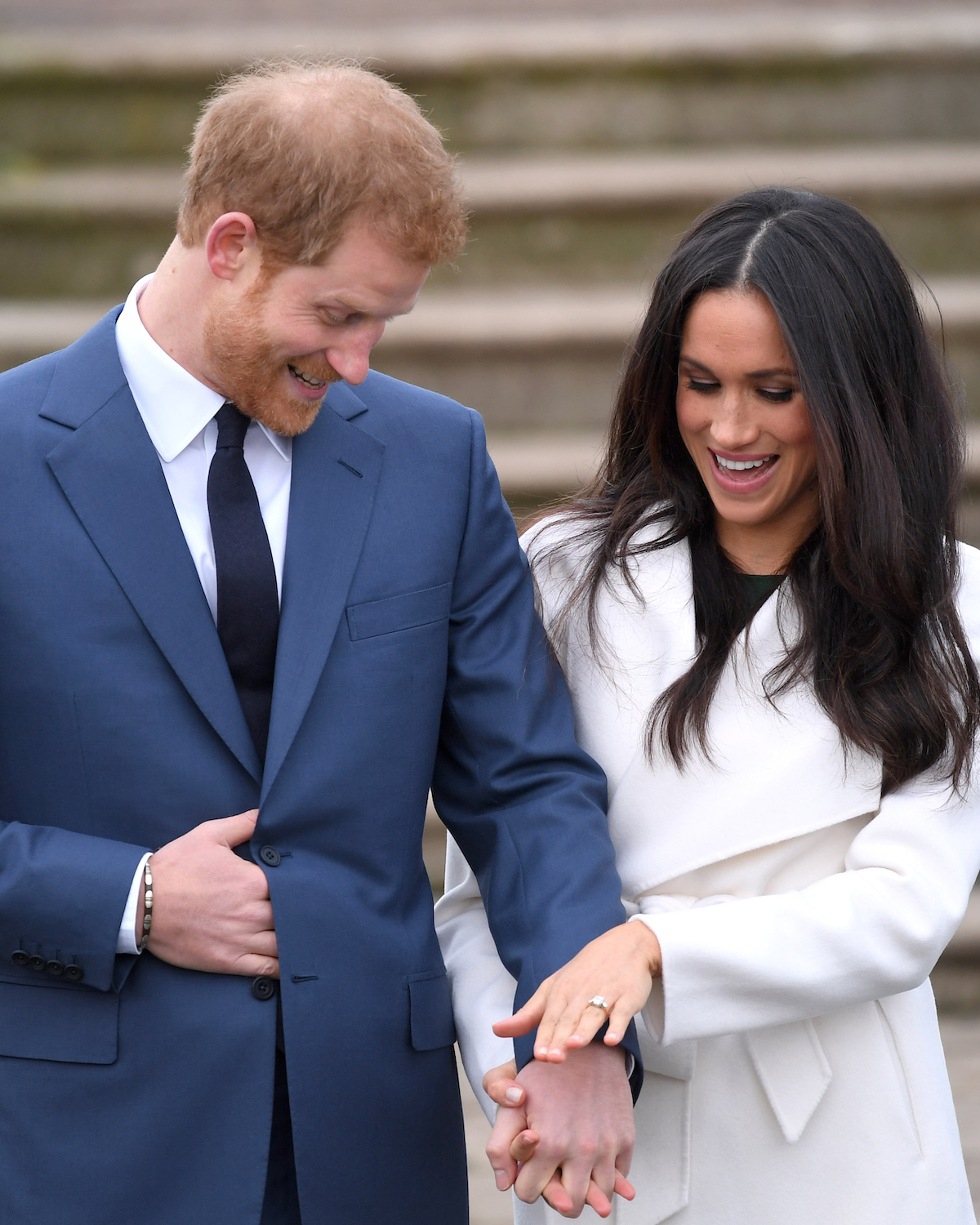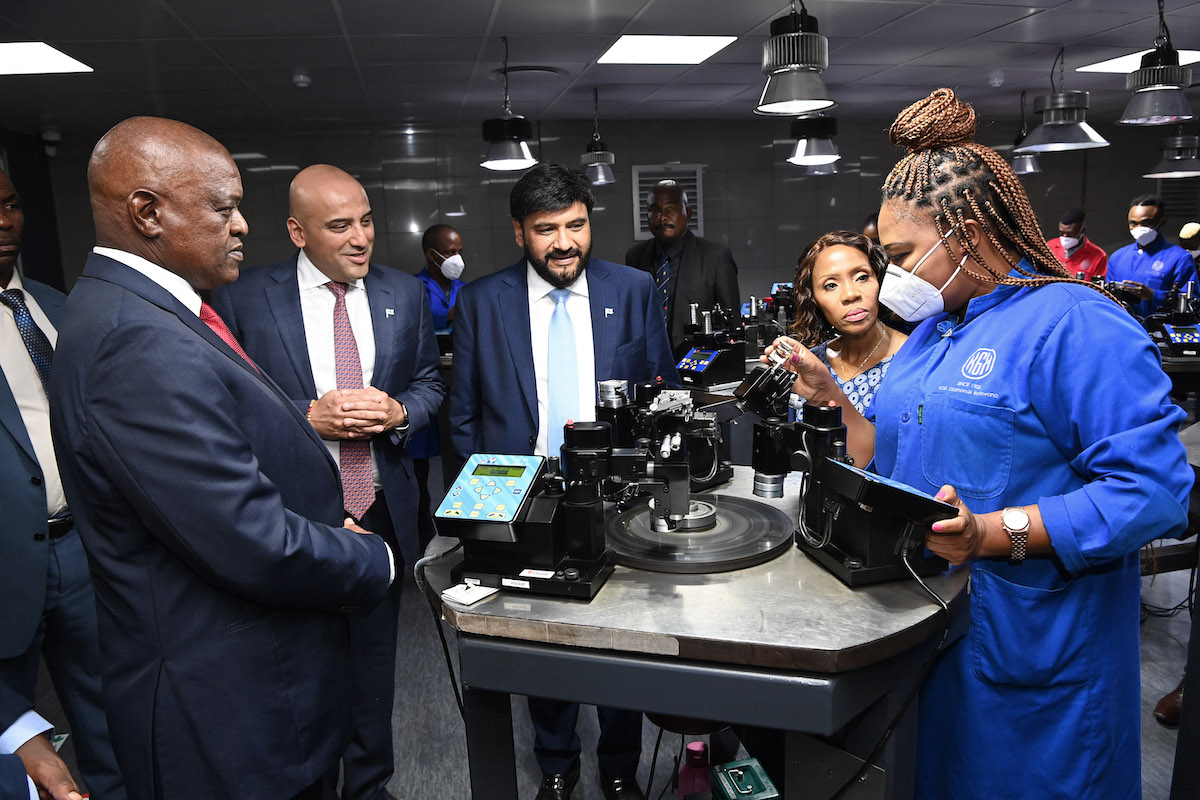Behind the Scenes at KGK, Botswana’s State of the Art Jewelry Factory

On a recent January morning in the early sunshine of a quiet neighborhood in Botswana’s capital, Gaborone, limousines pulled up carrying His Excellency Dr. Masisi, President of Botswana, and First Lady Neo Masisi to celebrate the inauguration of the country’s first ever jewelry manufacturing site.

At KGK Diamonds, over 400 people are at work cutting and polishing the natural diamonds of which the country has become synonymous.
President Masisi commenced his speech by highlighting the strong national connection to natural diamonds and their “pivotal role in the socio-economic development of this country [that] have sustained us as a nation for over 53 years”. President Masisi stood in the same place as our Natural Diamond Council Global Ambassador Lily James did this past autumn. His words of appreciation echo Ms. James’s expressions at her visit.

It’s hard not to be blown away by the beautiful facility that has become a hub of skills development in Botswana with over 100 currently in training. The staff wear stark red and blue uniforms indicating where they stand in their professional growth. The facility features a large water cleaning and rain harvesting system, a bountiful vegetable garden, and, soaking in the Southern African sun, solar panels on the rooftops which meet all of KGK’s electricity needs. It’s all what President Masisi calls the “pursuit of the green economy path.”
Botswana is a landlocked country in the center of the Kalahari Desert, famous for its diamonds and for keeping 40% of its land area under conservation. The so-called “Gem of Africa” is both the birthplace of humankind and one of the least densely populated countries in the world.
Botswana has received a huge surge in attention since the launch of Prince Harry’s memoir, Spare. The fastest-selling nonfiction book ever, with 1.5 million copies sold on its first day of publication, mentions Botswana 33 times. That’s almost as many references as Prince Harry’s late grandfather the Duke of Edinburgh receives (37). Each reference to Botswana comes with glowing reverence for its beauty and uniqueness. This passion led to a successfully averted—cocktail fueled—mission to tattoo the country’s outline on his foot, and to a more fruitful decision to propose to Meghan Markle with a natural diamond recovered in Botswana.

The government of Botswana is now focused on growing the number of business activities taking place in Botswana and the skill set required to do so. Their mission is to transform the finite resources below ground into societal welfare above ground. From their recovery as rough diamonds, the precious stones are cut and polished before being set into jewelry and then retailed to consumers. The national vision is to build capacity in Botswana to perform all the activities of this value chain. In the diamond industry this is referred to as Beneficiation.

Jewelry making is the final step of the value chain for Botswana to master. Exploration and mining, established in the 1960s and responsible for the employment of 12,000 people, has been complemented by the flourishing diamond cutting and polishing industry that now extends to 33 operational factories employing 3,200 people.
The focus on growth within the jewelry industry is laser sharp. The hope is that the jewelry manufacturing industry will develop with the same acceleration, and with as many employment opportunities, as diamond cutting and polishing over the past fifteen years.

While a smaller part of the industry in terms of employment, it’s fitting that the first shopping opportunity extended to arriving travelers at both Sir Seretse Khama and Maun International Airports is jewelry retail. There is a steady introduction of new jewelry sales points in the country responding to and creating consumer desire for the local sparklers.
The growing demand for local jewelry design is something that the newly opened manufacturing facility will address. The first cohort of employees includes recruits from Botho University and OODI Applied Art and Technology. They will hone their skills outside of an academic environment in a real-life facility that will grow to host 50 employees by the end of the year.
The emergence of skilled designers and craftspeople will not only impact the design aesthetics available to global consumers, but the resultant jewelry will also contribute to the local economy. If the funds are distributed in a similar manner as the rough diamonds, where a whopping 80% of the rough diamond revenue is reinvested in the local economy, Botswana will have a prosperous future lined up.
Boitshoko Kebakile, a jewelry designer awarded the De Beers Shining Light Awards, says that she is excited for young people entering into her trade and that KGK Diamonds’ openness toward new jewelry design will make a big difference. “This new facility will set the bar high for not only jewelry manufacturing but for all manufacturing in Botswana.”
It is hard to argue with Ms Kebakile’s conclusion. The 12 million U.S. dollar investment has resulted in a work environment anyone would covet—free nursery, support of deaf people through targeted recruitment in collaboration with the Botswana Society for the Deaf and, to top it off, a 50/50 gender balanced work force.

The President rounded off his speech by emphasizing that the link between Botswana as a tourist destination and their national gemstones will be furthered by “the accelerated adoption of new technologies, which, in turn, is creating opportunities for innovative approaches to the marketing of diamonds, including block chain technologies to market diamonds and trace their origin. Such technologies further create opportunities to link the marketing of our diamonds with the pristine tourist destinations that Botswana offers.”
A link with the regal stamp of approval, that is. Had the royal proposal taken place today, Prince Harry could have crafted the whole engagement ring in Botswana, contributing even further to the positive societal impact.
